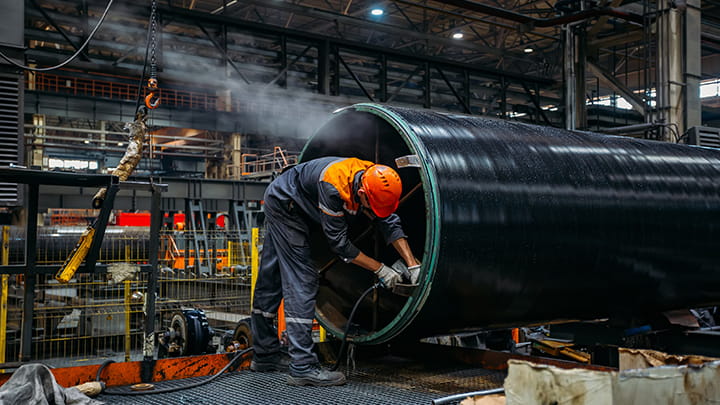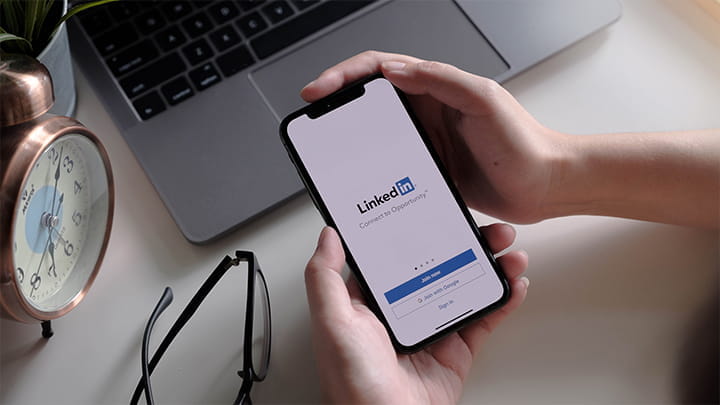
Overview
Rubber linings are a premium form of corrosion protection for some of the most severe chemical and abrasive environments. Natural and butyl rubber linings can withstand a variety of high-concentration acids and are the optimum choice for aggressive and abrasive environments. Additionally, the elasticity of a rubber lining easily accommodates thermal expansion and contraction as well as vibration.
For each polymer (natural rubber, broom-butyl, polychloroprene, nitrile), there are a variety of different blends for each application. Rubber linings applied by hand in sheets. Rubber lining tanks and piping systems can also be chemically-cured without the use of heat. Pre-cured tank lining sheet rubber is also applied to flat substrates when a heat cure is difficult or cost prohibitive. In addition to rubber lining tanks, the following types of equipment are often rubber lined: pressure vessels, tanker trailers, hoppers, chutes, pipe, impellers, filter plates, and valves. Each type of rubber lining has different properties that are critical to understand. Each substrate requires different application techniques.
Trelleborg has skilled and experienced applicators of rubber linings. Each type and sub-type of lining material has unique characteristics and requirements for successful mixing and application. QC procedures employed during the coating application process include temperature & humidity monitoring, thickness testing, holiday testing, and hardness testing. Please contact us for our expert recommendations for your installation on the rubber lined applications that will meet your specific situation.
For each polymer (natural rubber, broom-butyl, polychloroprene, nitrile), there are a variety of different blends for each application. Rubber linings applied by hand in sheets. Rubber lining tanks and piping systems can also be chemically-cured without the use of heat. Pre-cured tank lining sheet rubber is also applied to flat substrates when a heat cure is difficult or cost prohibitive. In addition to rubber lining tanks, the following types of equipment are often rubber lined: pressure vessels, tanker trailers, hoppers, chutes, pipe, impellers, filter plates, and valves. Each type of rubber lining has different properties that are critical to understand. Each substrate requires different application techniques.
Trelleborg has skilled and experienced applicators of rubber linings. Each type and sub-type of lining material has unique characteristics and requirements for successful mixing and application. QC procedures employed during the coating application process include temperature & humidity monitoring, thickness testing, holiday testing, and hardness testing. Please contact us for our expert recommendations for your installation on the rubber lined applications that will meet your specific situation.
